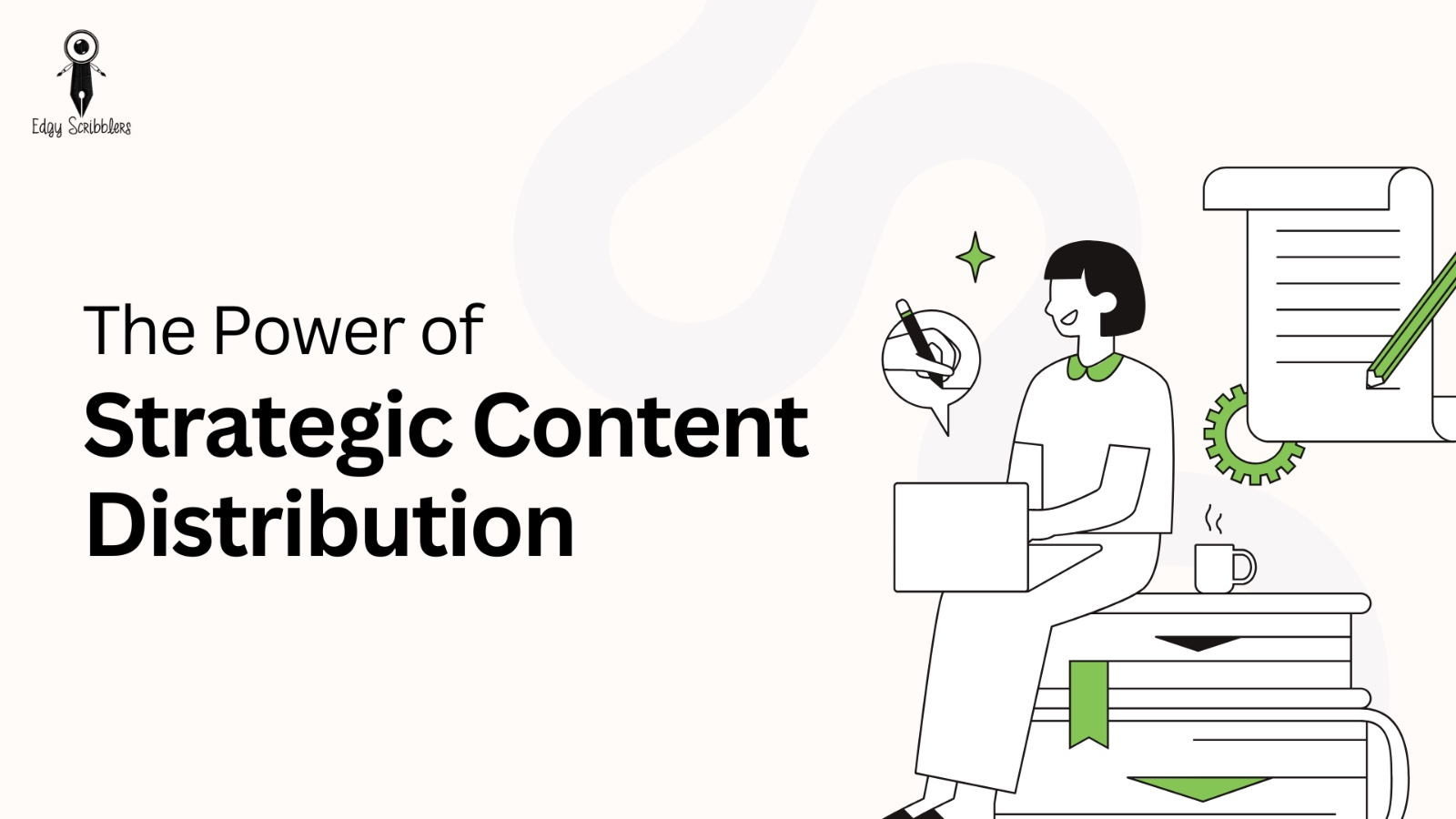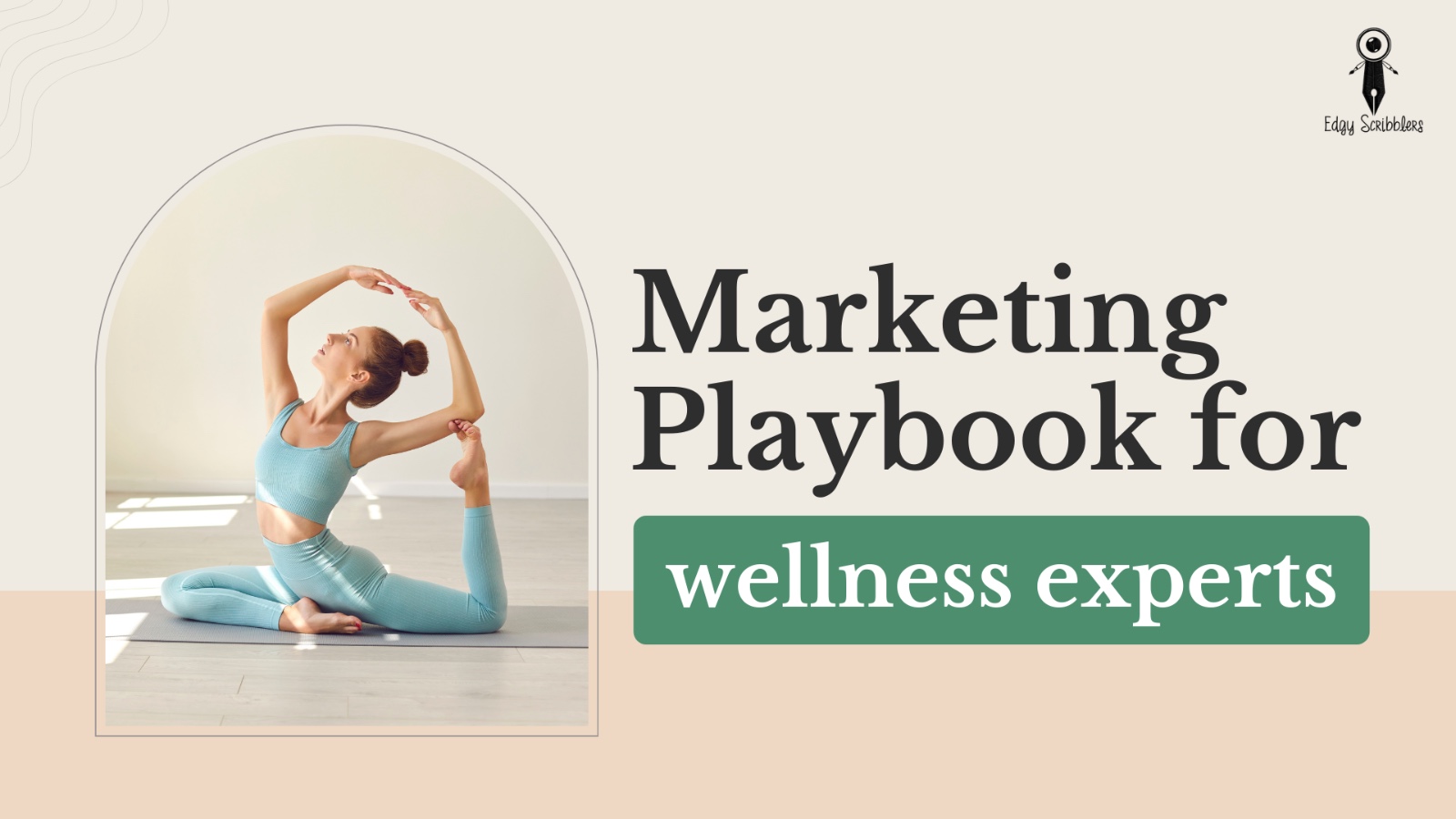
The Power of Strategic Content Distribution
Wellness professionals, let me ask you a question: Are your valuable insights reaching the people who need them most? Actually, anyone putting in efforts to push their brand, can answer this question.
In an industry built on transformation and trust, we face a painful irony. Despite having life-changing knowledge and services, many wellness brands struggle to effectively communicate their value. Your expertly crafted content—whether it’s nutritional guidance, mindfulness techniques, or fitness innovations—often remains trapped in marketing channels that simply don’t perform.
Traditional wellness marketing approaches (print ads, occasional social posts, or sporadic emails) are failing to connect in today’s fragmented attention economy. The result? Diminished reach, wasted budgets, and most devastating of all—fewer lives transformed by your work.
Why Traditional Approaches Fall Short?

The limitations of conventional wellness marketing are both systemic and severe:
- Broad but ineffective reach: Traditional channels blast generic messages to uninterested audiences. Studies show people have developed “ad blindness” to these interruptions. Your radio spot or magazine ad might reach thousands, but how many actually engage?
- Poor targeting precision: A newspaper ad for your yoga studio reaches countless people with zero interest in yoga. Without precise targeting, you’re essentially shouting into the void—and paying handsomely for the privilege.
- Limited interaction: Traditional marketing remains a one-way conversation in an industry that thrives on dialogue and trust-building. When wellness consumers have questions or need encouragement, static advertisements offer no response.
- Measurement challenges: How many clients did that expensive print campaign actually bring in? Without clear attribution, wellness marketers struggle to learn and optimize.
It isn’t that traditional methods don’t work, they do. But, as a wellness professional, all your efforts boil down to the total number of classes converted and the objective of the campaign. In the wellness industry, traditional methods can act as a catalyst at a later stage of the business or support brand creation at the ingress; but as discussed in this post, likes don’t pay your bills, clients do!
The Multichannel Content Solution
The solution isn’t abandoning content—it’s transforming how we distribute it. Today’s successful wellness brands are adopting sophisticated multi-platform strategies that prioritize value and personalization over volume and interruption.

Strategic platform diversity is the new standard. Each channel serves a unique purpose in the wellness journey:
- Social media has become foundational—40% of consumers say information found on social media directly affects how they manage their health. More strikingly, 90% of 18-24 year-olds trust wellness information shared by peers on social networks. Identify where your customer is present, it’s imperative for better RoI.
- Email newsletters remain powerful for delivering deeper content, though they require precision. While generic marketing emails average only 10-20% open rates, targeted wellness content performs dramatically better. Do simple text-based conversational emails, they perform much better than template-based layouts.
- Messaging apps, particularly WhatsApp, represent a breakthrough channel. One wellness brand, Care&Care, switched customer communications from email to WhatsApp and saw a 500% increase in Google reviews. Even more impressive: 95% of customers opened their WhatsApp messages within just 2 minutes. IFYKYK!
- Community-based distribution transforms passive audiences into engaged participants. Group challenges via messaging apps have demonstrated significantly higher completion rates compared to solo programs.
For one of our clients, who’s an HR professional, we did WhatsApp newsletters instead of the regular mundane email newsletters. Result:
- She got calls from some of the leading brands in the cosmetics sector for a speaking opportunity. We shared her TEDx talk in the newsletter which resulted in this; can’t share the name due to NDA, but the brand that reached out to her did 408 million pounds turnover in 2022.
- One of the lists comprised her potential clients and old colleagues, which helped her revive(and nurture) older contacts, resulting in increased retention and opportunities.
We did face a bit of a concern about brand dilution after 8 months of activity. But then we didn’t stop it, we evolved on the feedback by working on the content and CTA.
In yet another case, where our client from Chile didn’t have the budget to run Meta or Google ads, we brought in the WhatsApp newsletter as a replacement. The first version is out, which was distributed to her previous 200 students, and she already received 2 enquiries and approx. 21% increase in her social media traffic. (Her testimonial for us)
Case Study: Distribution Makes All the Difference
Consider What’s Up Wellness, a direct-to-consumer brand that revolutionized its distribution approach. Their WhatsApp broadcasts achieved a remarkable 95% delivery rate and 85% open rate. The financial impact? A 55% increase in direct revenue, with WhatsApp interactions generating 74% of their campaign revenue—dwarfing both email (21%) and SMS (4%). (Complete case study)
This isn’t an isolated success story. Companies with strong omnichannel distribution strategies retain 89% of their customers on average, compared to just 33% for businesses with weak multi-channel presence.
Value-Driven Content: The Critical Differentiator
The distinction between spam and strategic distribution comes down to one word: value.
Wellness audiences respond enthusiastically to content that genuinely helps them. Personalized emails see 82% higher open rates and 75% higher click-through rates while cutting unsubscribe rates by 40%. Conversely, 74% of consumers report frustration with irrelevant content.
The most effective wellness marketers follow the 80/20 principle: 80% of content educates, inspires, or solves problems, while only 20% directly promotes services. This approach builds the trust essential in the wellness space. Personalised education-based content can make all the difference over here.
Three Steps to Transform Your Distribution Strategy

- Map your audience journey across platforms. Where do they seek information? When are they most receptive? Craft channel-specific approaches that meet them at each touchpoint.
- Embrace segmentation and personalization. Wellness is deeply personal—your distribution should reflect this. Targeted campaigns can yield up to 760% more revenue than generic broadcasts.
- Build a community around your content. Create spaces (WhatsApp groups, online forums, membership sites) where your audience can engage with your content and each other, fostering accountability and deeper connection.
The Future of Wellness Marketing Is Here
The transformation of content distribution represents more than a tactical shift—it’s a fundamental reimagining of how wellness brands connect with their communities. The most successful wellness professionals aren’t just experts in their discipline; they’re masters at consistently delivering value across multiple touchpoints.
By evolving your distribution strategy from broad broadcasts to targeted, value-driven conversations across platforms, you’ll not only increase engagement and conversion—you’ll fulfil the true mission of wellness work: helping more people live better lives.
The data is clear, the case studies compelling, and the opportunity immense. The question isn’t whether you can afford to transform your content distribution—it’s whether you can afford not to.
I use our CUTE system to help your wellness business evolve from no-shows to 100% attendance, land corporate gigs, and build a personal brand that brings in a steady flow of enquiries in 4 months. Let’s understand, how can we grow together!



